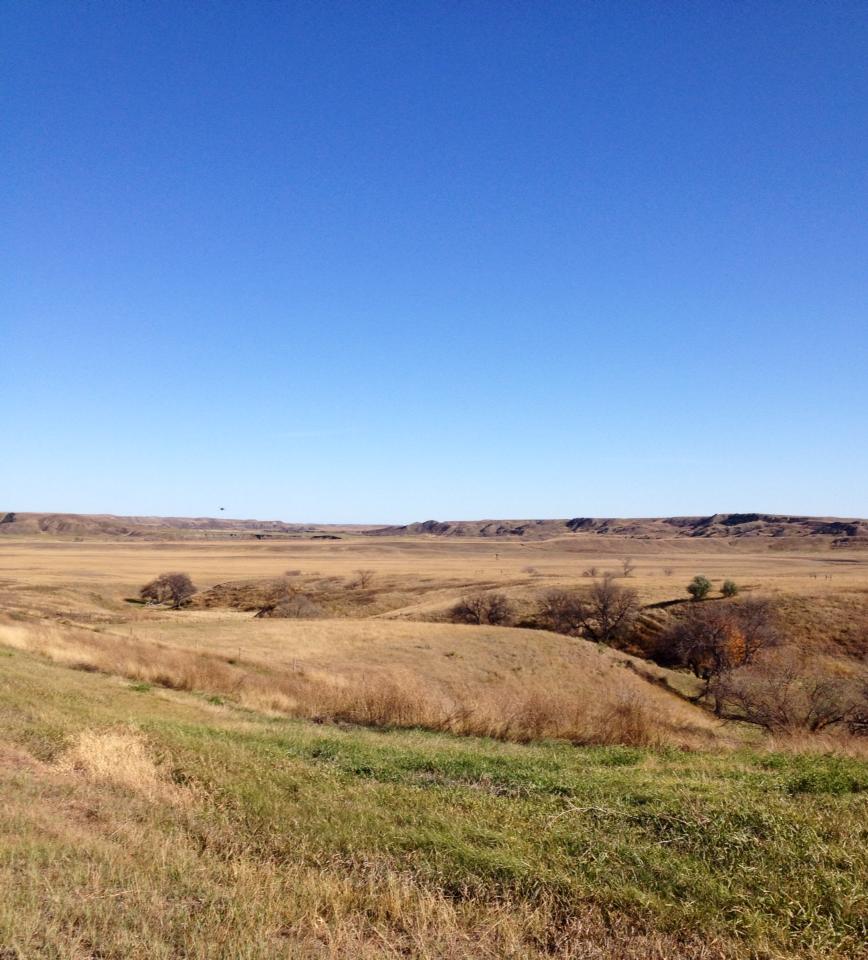In a region that struggles to keep some tiny communities thriving, knowing why people do or do not return home after leaving could be crucial for sustaining a population in a small town. A recent study by the USDA’s Economic Research Service traveled to some of the most remote communities in the nation to find out why folks returned and why they haven’t. John Cromartie is a geographer with the USDA and co-author of the study. He says they rated counties based upon their “attractiveness” to potential residents.
Cromartie and his team traveled to high school reunions in these remote communities to find out the reasons people had for returning or not returning to their hometown.
In addition to family, Cromartie says people came back to the laid-back lifestyle with access to outdoor recreation. He says that education was also a factor that played into the decision.
The largest barrier people face when it comes to returning to their hometown cited in the study was the lack of career opportunities. Those who did not come home saw very limited ability for promotion, increased salaries, and preferred to advance their careers somewhere else.
The nationwide study included four communities in South Dakota and Nebraska.





